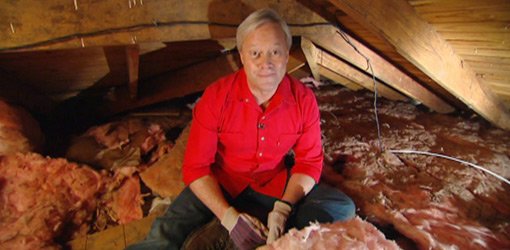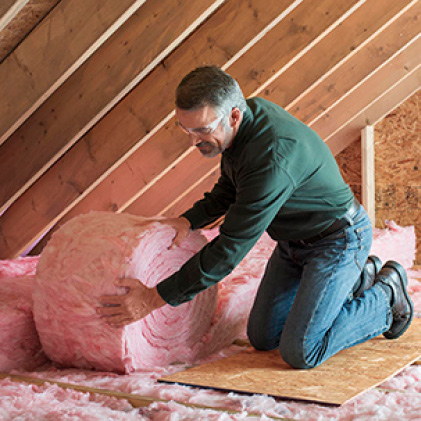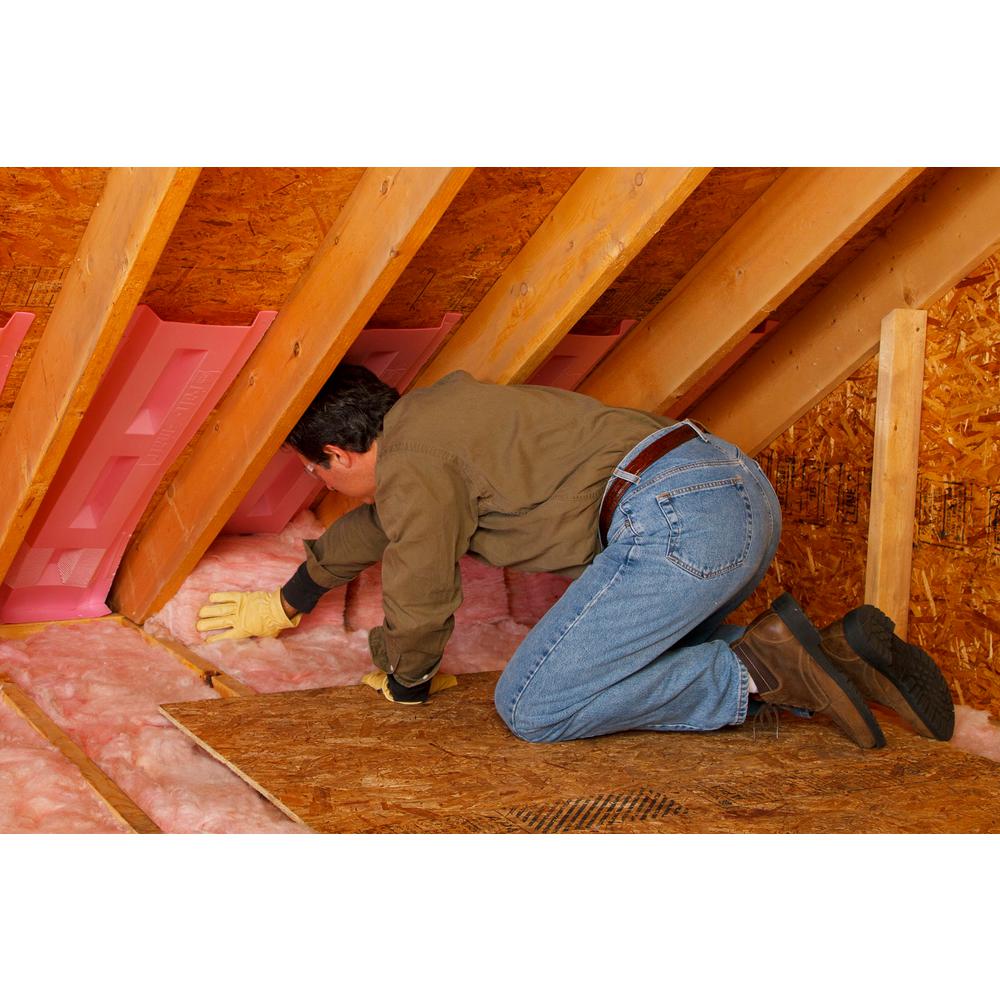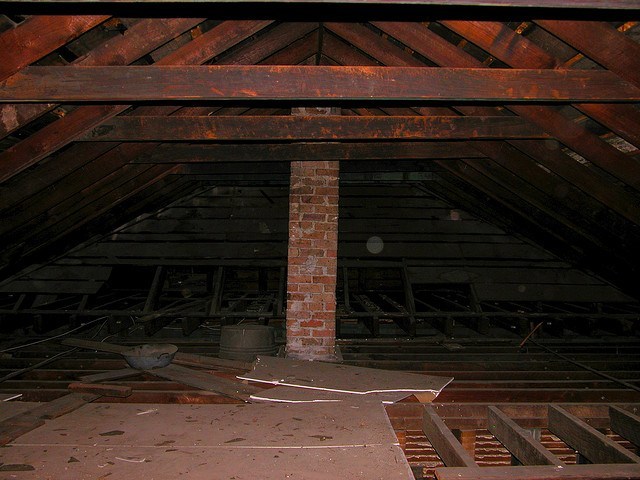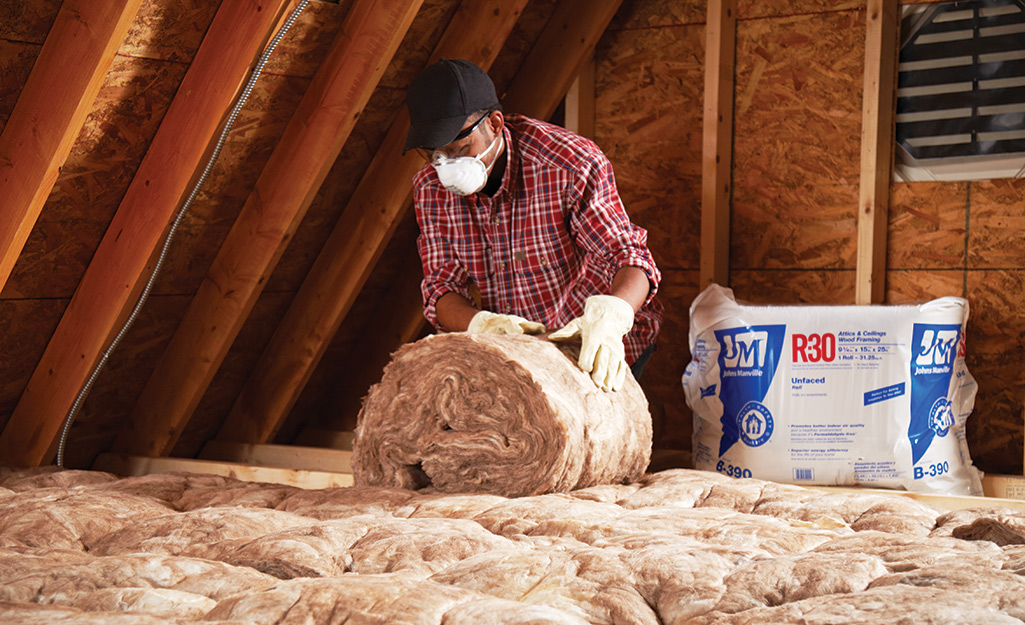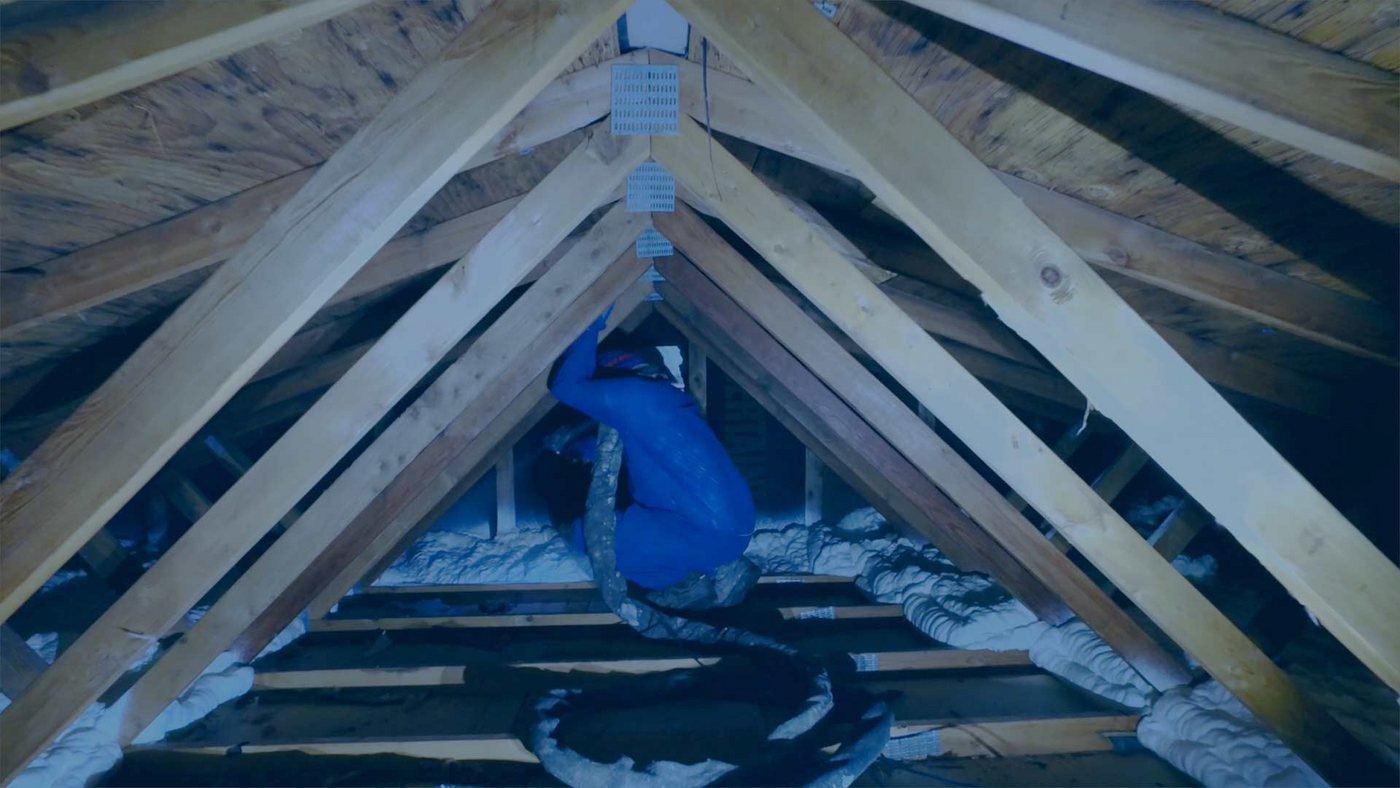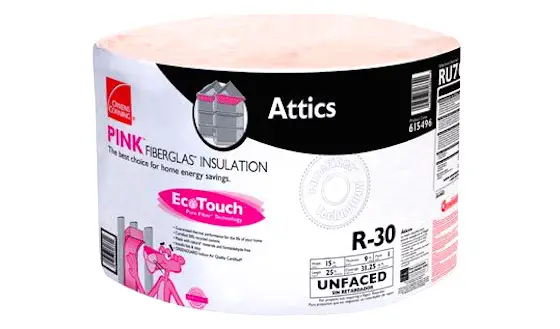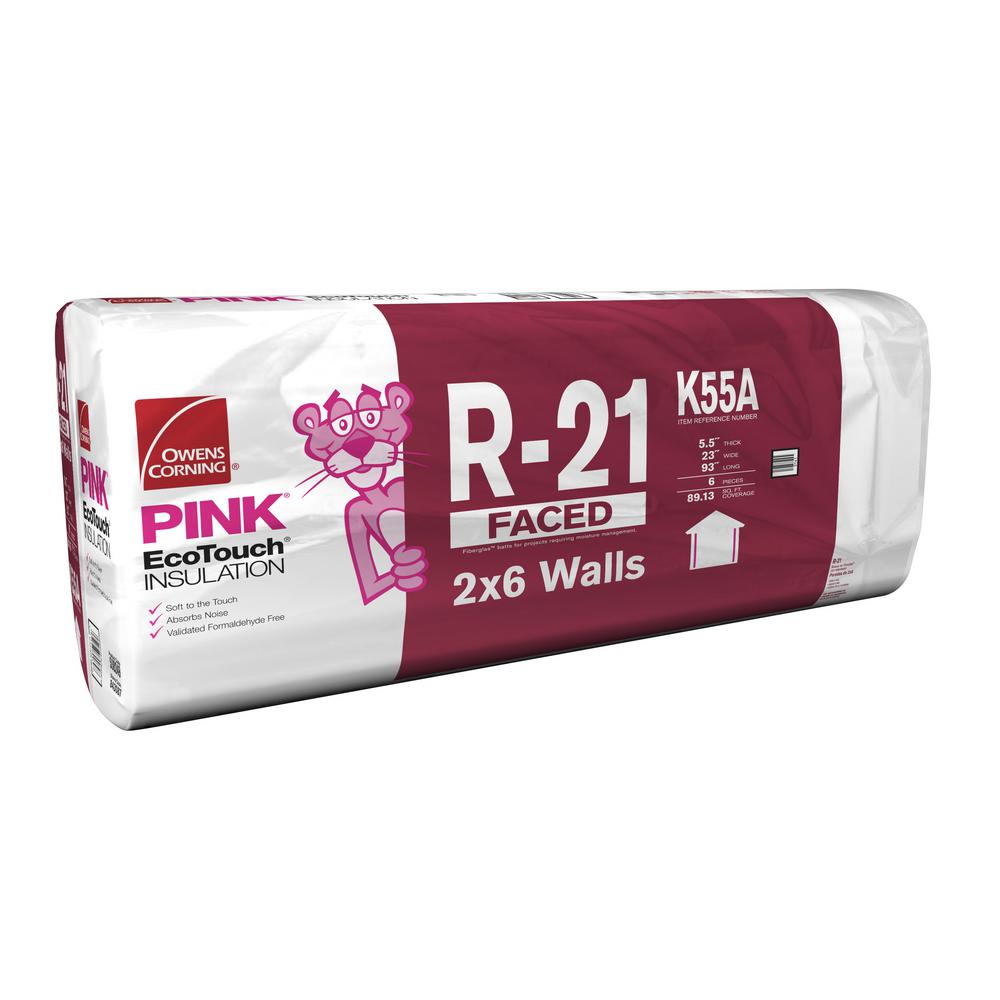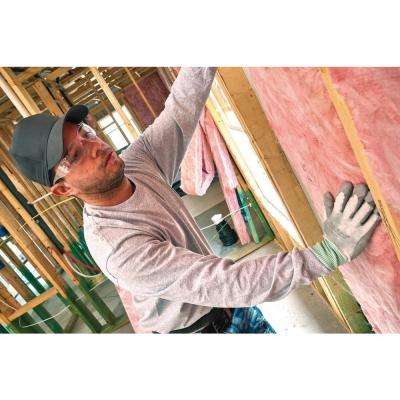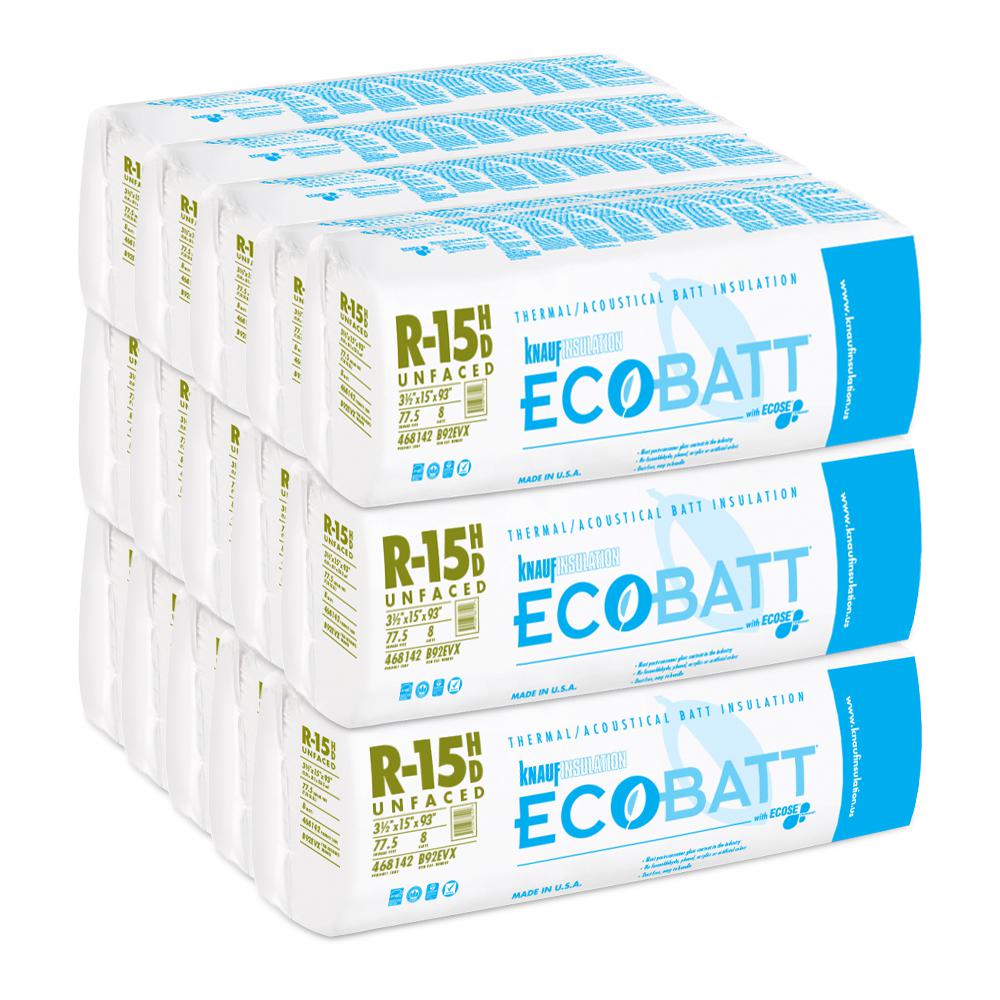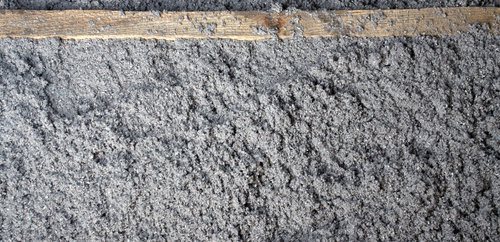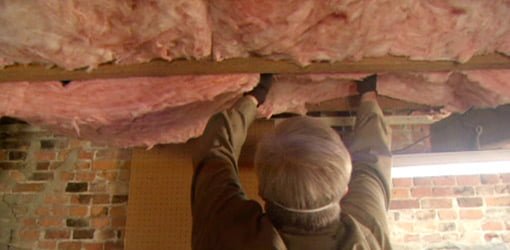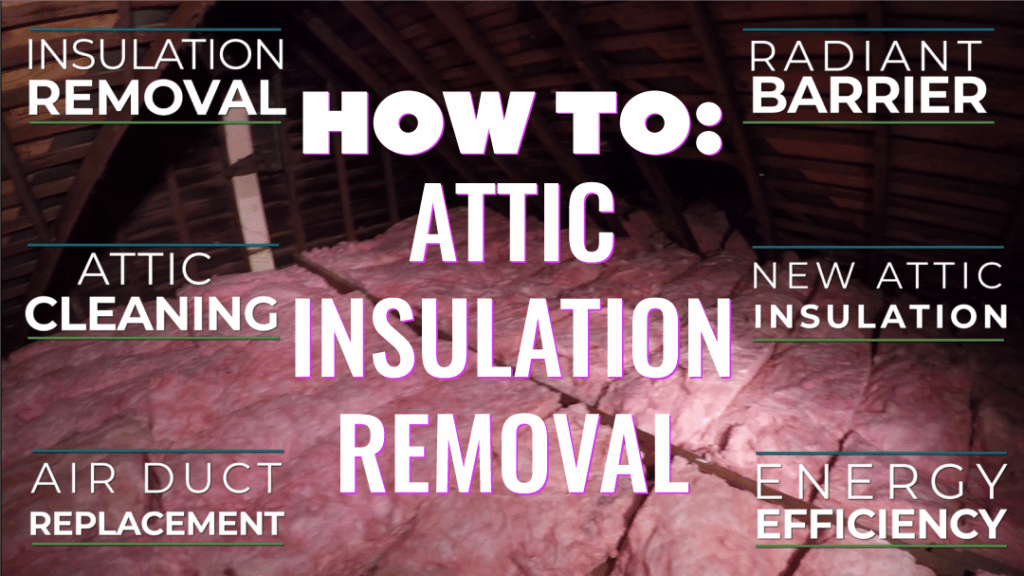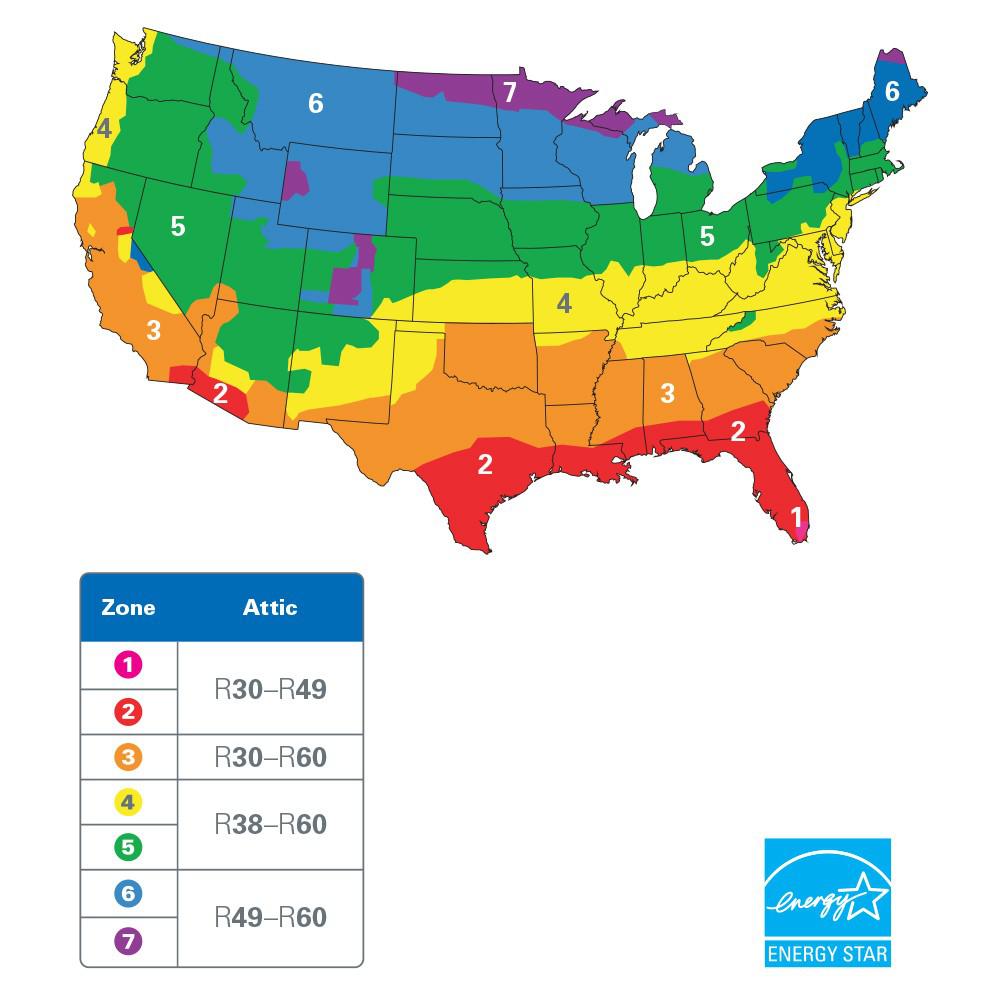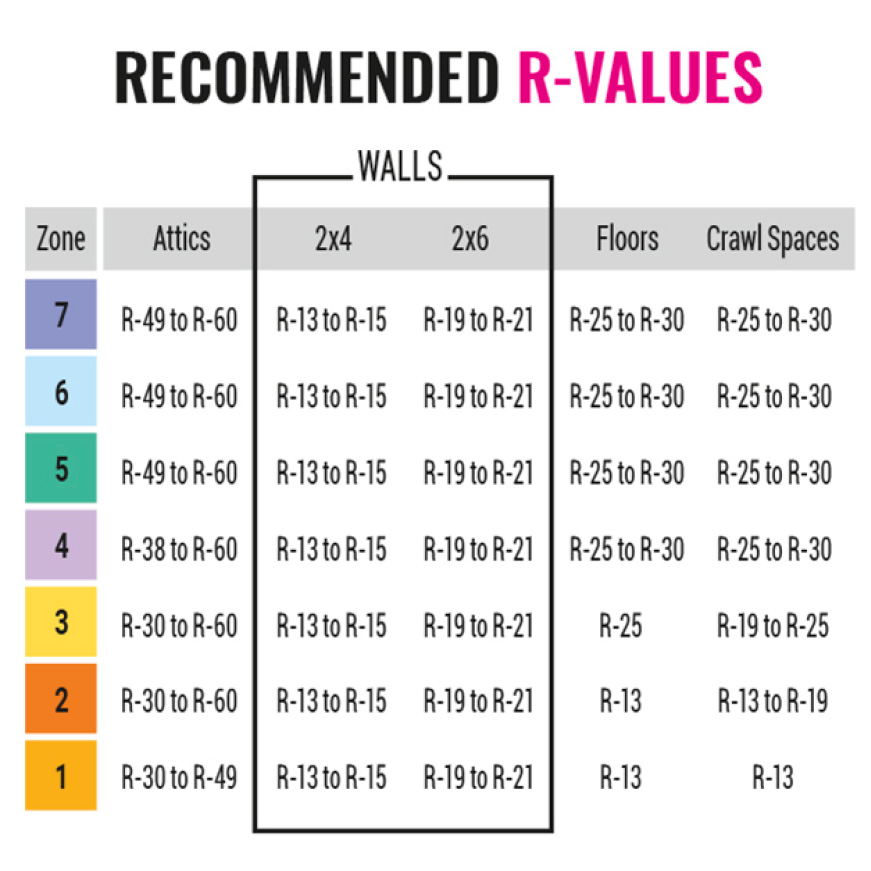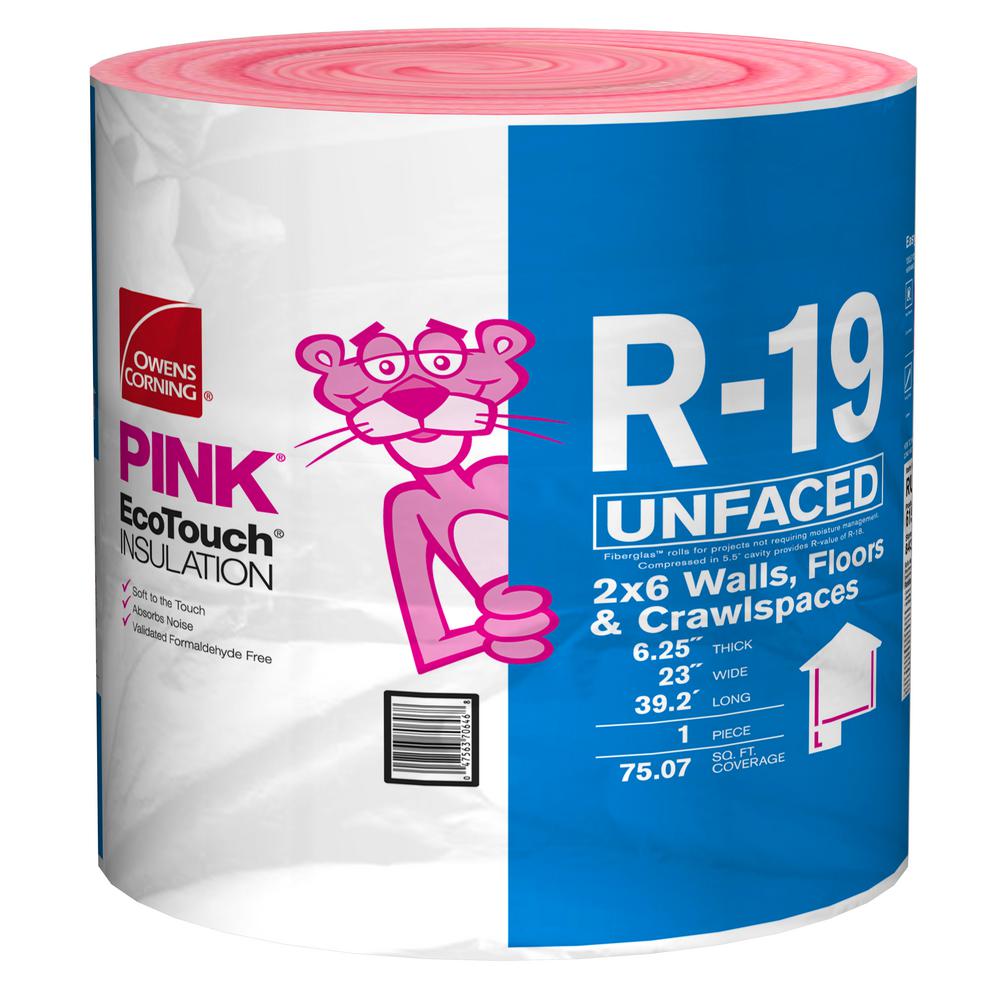Air migrates from warmer spaces toward colder spaces and insulation is designed to help prevent or at least slow that migration.
Faced vs unfaced insulation attic in florida.
Unfaced batts are laid perpendicularly atop existing batts to improve heat retention and beef up the r value on the longer run.
For block walls interior insulation must meet or exceed r 7 8 and exterior insulation must be r 6.
Faced insulation is a vapor retarder and may need to be used in your home depending on your local building codes.
Insulation requirements in florida.
Residential requirements for insulation are divided by the location in the home.
Framed wall insulation must meet or exceed r 13.
Unfaced insulation pros.
The same applies to faced unfaced and other kinds of insulation products.
Any time you use a faced insulation the paper needs to be facing toward the living space.
Great for adding insulation if you re adding a layer of new insulation on top of old faced insulation unfaced is the way to go.
Summary of faced vs.
What is the right insulation for an attic.
In a nutshell.
It means ensuring that it s the right product for your space.
I ve always said adding insulation to your attic is some of the best money you can spend to make your house more energy efficient but whether to use faced or unfaced insulation is a great question.
On average unfaced insulation costs 0 10 to 0 25 less per square foot to install than faced insulation.
The key difference between the two is that faced insulation keeps moisture out because it has kraft paper or plastic on one side whereas unfaced only provides insulation.
Insulation being unfaced doesn t mean it s a bad choice.
Unfaced insulation should be used when you re adding insulation to your attic that already has insulation.
Kraft faced insulation should be installed in exterior walls exterior basement walls and attic ceilings by pressing the product into the wall cavity with the paper side.
Ceiling insulation must be much higher at r 30 and a raised floor must be at.
Kraft faced insulation includes a paper vapor retarder which helps prevent mold and mildew.
Now here s a situation where a homeowner what looks like many years ago added insulation they added a three inch layer but.
Unfaced means the insulation lacks a vapor retarder paper or plastic facing.
Insulation in rolls called batts comes in two varieties.


